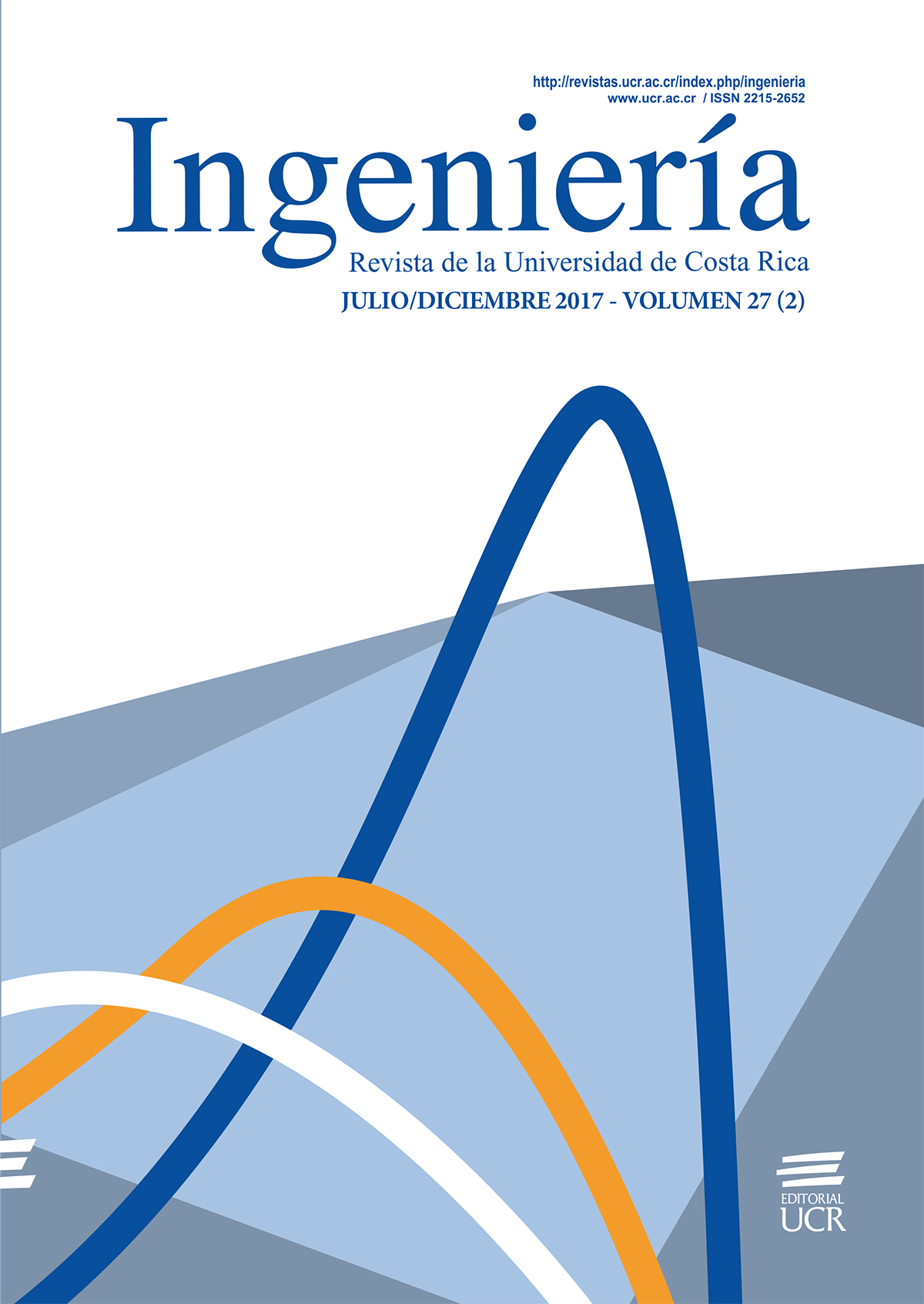Abstract
This paper aims to demonstrate the importance of using evaporation trap during piston pipette calibration, specifically at microliter levels (μL). Calibrations were performed in a laboratory pipette using the gravimeter method with evaporation trap, and without trap or any correction by evaporation. 10 repetitions were performed at three different points and the values provided by the calibration certificate of the analyzed pipette were compared to a reference value determined by the National Metrology Laboratory (LACOMET).
References
Batista, E., Pinto, L., Filipe, E., & Van der Veen, A. M. H. Calibration of micropipettes: Test methods and uncertainty analysis. Measurement. 2007;40(3):338-42.
Majd, H. A., Hoseini, J., Tamaddon, H., & Baghban, A. A. Comparison of the Precision of Measurements in Three Types of Micropipettes according to NCCLS EP5-A2 and ISO 8655-6.
Journal of Paramedical Sciences. 2010;1(3).
Liang, D., Steinert, C., Bammesberger, S., Tanguy, L., Ernst, A., Zengerle, R., & Koltay, P.
Novel gravimetric measurement technique for quantitative volume calibration in the sub-microliter range. Measurement Science and Technology. 2012;24(2):025301.
ISO 8655-1/2/6, 2002, Piston-operated volumetric apparatus.
JCGM 104:2009. Evaluation of measurement data — An introduction to the
“Guide to the expression of uncertainty In measurement” and related documents. (BIPM-IEC-IFCC-ILAC-ISO-IUPAC-IUPAP-OIML).


